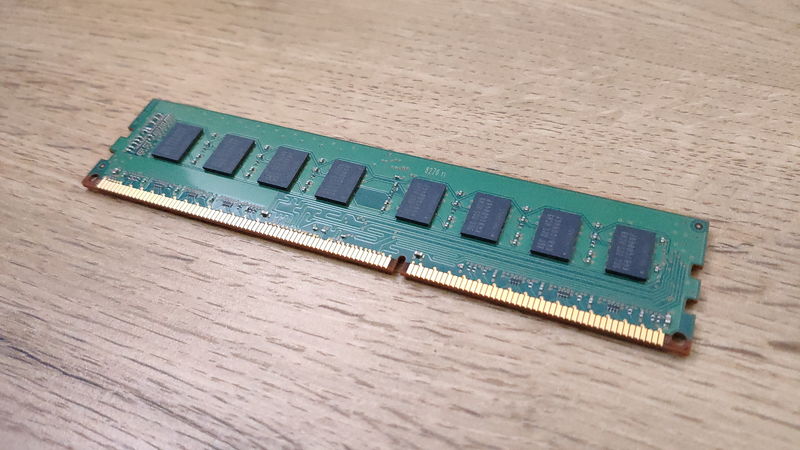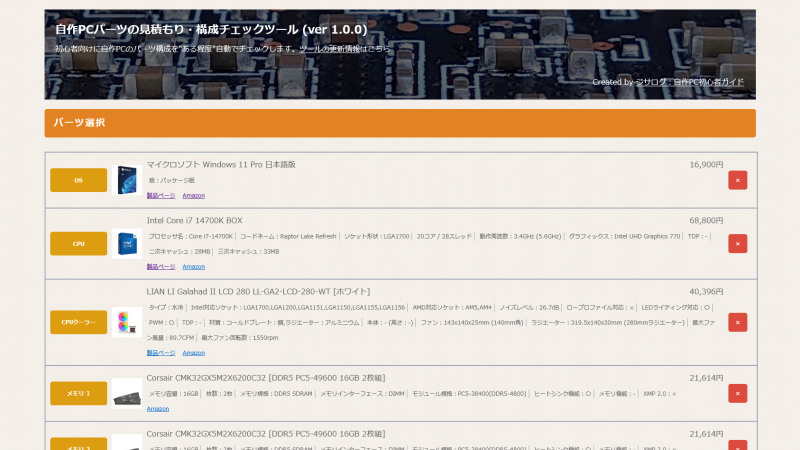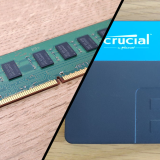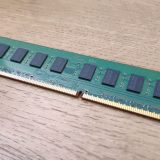Registered memory is a technology that uses registers mounted on the memory module to make data transfer more efficient and reduce the overall load on the system.
This type of memory is mainly used in servers and workstations where high safety and reliability are required, but it is rarely used in custom-built PCs or general consumer computers.
- Registered memory is a technology that reduces the overall system load
- Registers are added to make data transfer more efficient
- It is a function aimed at improving safety and reliability
- Mainly used in servers, workstations, mission-critical applications, and scientific computing
- Not used for everyday tasks, gaming, or general video editing
- More expensive per capacity and slightly slower than regular memory
This article also explains how to choose memory based on standards, performance, and compatibility.
≫ Related article: How to Choose Memory for Custom PCs [Performance / Features / Compatibility]
Select PC parts and online stores to instantly generate an estimate, check compatibility, and calculate power requirements. You can save up to five different builds, making it easy to try out multiple configurations.
≫ Tool:PC Parts Estimation & Compatibility Check Tool
Table of Contents
What is Registered Memory?
This section explains the mechanism, purpose, and cost performance of registered memory.
Reducing Load with Registers
Registered memory (also called registered DIMM or RDIMM) is memory that has registers built in, which reduces the load on the memory controller and improves signal stability and system reliability.
It is often used when using large amounts of memory or running high-load applications.
The registers mounted on the memory are additional chips that temporarily hold address and control signals.
With these registers, the load on the memory controller on the motherboard can be reduced, resulting in more stable memory operation and improved overall system reliability.
How the Load is Reduced
Specifically, the way registers reduce the load is as follows:
- Signal buffering
- Load distribution and load reduction
Buffering is a process or technology that uses a temporary storage area (buffer) to store data during sending and receiving.
This helps smooth the flow of data and reduces problems caused by differences in timing or speed.
In registered memory, buffering means using the registers (buffers) inside the memory to temporarily store signals between the memory controller and the memory chips.
As a result, the register receives the signal and retransmits it, which strengthens the signal and makes it easier to deliver to its destination without signal loss (signal strength enhancement). Also, because the signal is stronger, it is less affected by electrical noise or interference, making data transfer more stable (noise reduction).
In addition, when operating multiple memory modules at the same time, the register acts as a relay for the signals, so the memory controller does not have to communicate directly with all the memory chips, leading to load distribution and load reduction.
Thanks to these mechanisms, even large-scale memory configurations can operate stably, which improves scalability.
Used When High Safety and Reliability Are Needed
Registered memory is used when a system requires high safety and reliability.
If there is no buffering or load reduction and a large amount of memory is used, problems such as data corruption due to unstable signals, system crashes, performance drops, increased errors under high load, system freezes, or component failures due to overheating can occur.
Especially in servers, workstations, scientific computing, and mission-critical applications, data accuracy is extremely important.
Mission-critical means the degree of importance in business operations, and refers to cases where service stoppage or malfunction can lead to problems affecting human life or cause huge economic or reputational damage.
More specifically, this includes bank deposit data, data centers, and payment systems.
If the system crashes during a money transfer and the money is sent and the balance decreases on one side, but the other side does not receive it, causing data inconsistency, it becomes a serious problem.
Not Used in Custom PCs or Consumer PCs
Registered memory is rarely used in custom-built PCs or consumer PCs due to cost, performance, and necessity.
For general use, non-registered memory provides enough performance and reliability.
Also, registered memory is structurally a bit slower, which can lead to lower performance.
Especially for gaming, memory speed is important, so registered memory is actually not suitable for general use.
In other words, unless the application requires high safety and reliability even at the cost of lower performance and higher memory prices, there is no need to use registered memory.
Registered Memory Is More Expensive Than Usual
Registered memory is more expensive per capacity than regular memory.
For example, 64GB (32GB×2) of regular memory costs about 20,000 yen (about 40,000 yen with heat sinks or LEDs), but the same capacity of registered memory costs about 50,000 yen.
Because the registered function improves system stability and reliability, it requires additional circuits and chips, and the manufacturing process is more complex, so the cost is inevitably higher.
Therefore, registered memory is valuable in systems that prioritize safety and reliability, but for general use, it is often considered to have poor cost performance.
Conditions and Hardware Requirements for Using Registered Memory
Registered memory is not needed for general use, but here are the necessary conditions and hardware requirements if it is to be installed.
The Memory Must Support Registered
First of all, the memory itself must support registered.
By checking the memory specifications, it is possible to see whether it supports registered or not.
Also, the model number usually includes “Registered” or “RDIMM,” so it is easy to tell.
The Motherboard Chipset Must Support Registered
In addition to the memory, the motherboard chipset must also support registered.
Generally, server and workstation motherboards often have chipsets that support registered memory, but most desktop motherboards do not support it.
The CPU Must Support Registered
To use registered memory, a compatible CPU is required.
Most general CPUs, such as Intel Core i series and AMD Ryzen series, do not support registered memory, so caution is needed.
Summary: Registered Memory Improves Safety and Reliability, But Is Not Needed for Most People
Registered memory is a function that improves system safety and reliability by reducing the load with registers.
It is mainly used in servers, workstations, scientific computing, and mission-critical applications.
However, for general use, such high safety and reliability are not needed, and considering the high price and slight performance drop, there is no need to use it.
Here is a summary of the key points again.
- The Reg function is a technology that reduces the overall system load
- Registers are added to make data transfer more efficient
- Reg is a function aimed at improving safety and reliability
- Mainly used in servers, workstations, mission-critical applications, and scientific computing
- Not used for everyday tasks, gaming, or general video editing
- More expensive per capacity and slower than regular memory
This article also explains how to choose memory based on standards, performance, and compatibility.
≫ Related article: How to Choose Memory for Custom PCs [Performance / Features / Compatibility]
Select PC parts and online stores to instantly generate an estimate, check compatibility, and calculate power requirements. You can save up to five different builds, making it easy to try out multiple configurations.
≫ Tool:PC Parts Estimation & Compatibility Check Tool
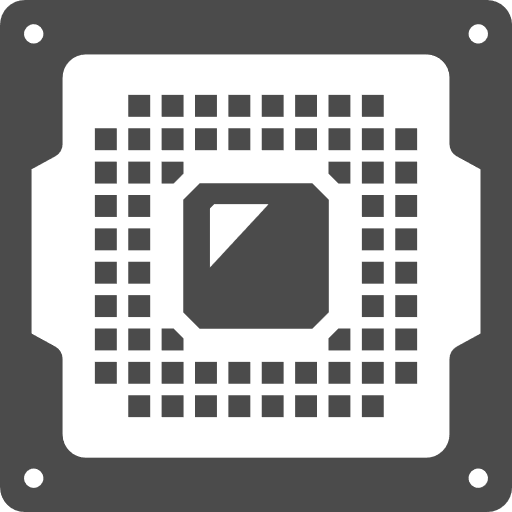 ZisaLog: Beginner’s Guide to Building a Custom PC
ZisaLog: Beginner’s Guide to Building a Custom PC 